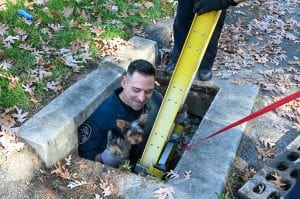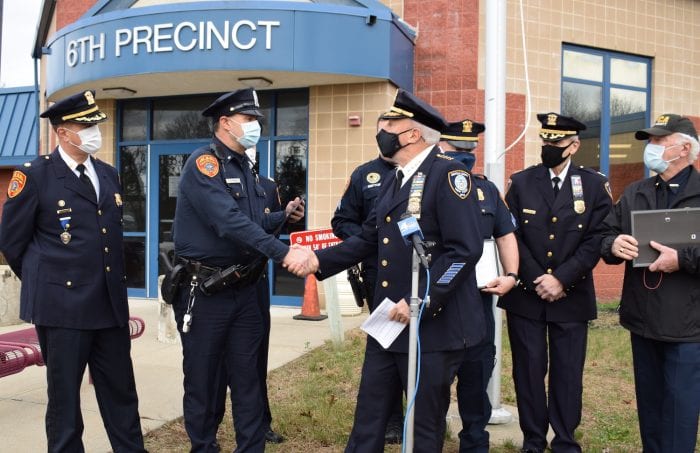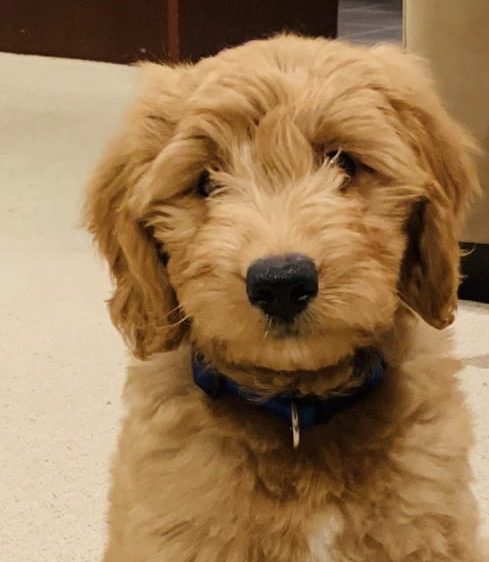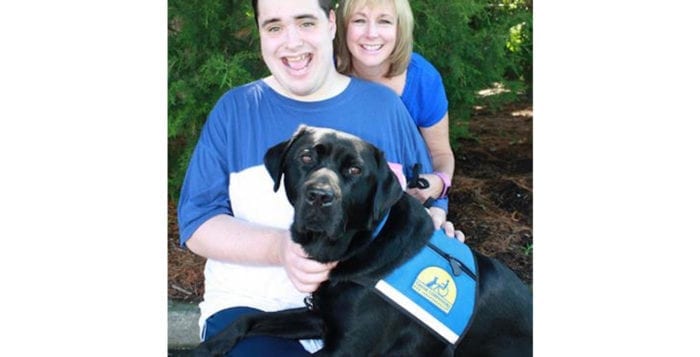By Reyva Jamdar
Next to me on the couch, my dog lies. His foot twitches and whiskers tremble as he silently sleeps. A small “humph” escapes his mouth and he wakes up, suspiciously glancing around for the source of the noise. “You woke yourself up, dummy,” I mutter. I spend most of my days observing my dog. His fur, his small tongue, and of course, his previously mentioned puppy noises.
During this time, this is all I’ve been able to accomplish. Observing each and every toe and paw have helped me get through such a transition. As I sit here, writing this piece, I chuckle at the thought of how I even got this dog. I think I owe it all to my sister.
My dear sister of eighteen years, a proud member of the graduating class of 2020, is now heading off to college. Soon she’ll become a unique member of society, writing her own story filled with her own journeys. But before she even decided to spread her wings, she wanted a dog. A dog to play with, to cry with, and most importantly, to love.
Even as a toddler, I understood the importance of such a relationship. I grew up thinking that having a dog was a given, so it was a stab in the gut when I realized that this wasn’t true … at all. My mother. My mother was the face of this terrible feeling. She was, in her own words, “brutally attacked by a large dog” at the age of 12. This untimely event affected my family for years. This alone caused many “doggy disputes” in our household. It got to the point where my sister and I lost hope. It was already 2020. It was already the start of a fresh, lucky year, right? Or so we thought.
The coronavirus slowly took over New York. And my life. Getting a dog wasn’t even up for discussion once school closed. Days turned into months. Months felt like years. Endless, pointless days were all I could recall as I finally considered myself a sophomore. It was a sticky June day when I was startled by a shriek and a faint thump. My sister’s familiar clunks down the stairs halted as she approached me. It was an immediate surprise when she revealed that we were, in fact, getting a puppy during a global pandemic.
There was absolutely no way that my mother would accept yet another baby into her house during such a time. But I was wrong. She actually agreed. Maybe it was the fact that my sister was leaving for college (the new dog was an even better replacement) or because of how unexpectedly horrible 2020 was. To be quite honest, I still don’t know why she suddenly changed her mind. But I’m glad she did.
The first night with my mini golden-doodle puppy, Max, was dream-like. If a fluffy ball of fur was cuddled up next to you, wouldn’t you be ecstatic too? But the next morning was anything but this. Pee was everywhere. Chewed up pieces of furniture (and the couch) were destroyed. Our sleep schedules were completely skewed.
But it was worth it.
All those nights spent worrying about what other curveball 2020 would throw at us next wasn’t a problem anymore. All those nights spent worrying about what tomorrow would bring wasn’t a problem anymore. All those long, suspenseful nights spent worrying about something that I couldn’t control wasn’t a problem anymore. Having a dog, whether he peed on the couch or not, was completely worth it. Getting a dog in my house was always frowned upon, so that really just proves that everything and anything is possible even during a global pandemic.
Remember, when life gives you lemons, always make lemonade. 2020 was horrible. But we decided to make something out of it and as a result received puppy love!
A resident of E. Setauket, author Reyva Jamdar recently graduated from P.J. Gelinas Middle School and will be attending Ward Melville High School as a sophomore in the fall.








